In few days it will be overloaded with Extra double flowers that can compete with any.....
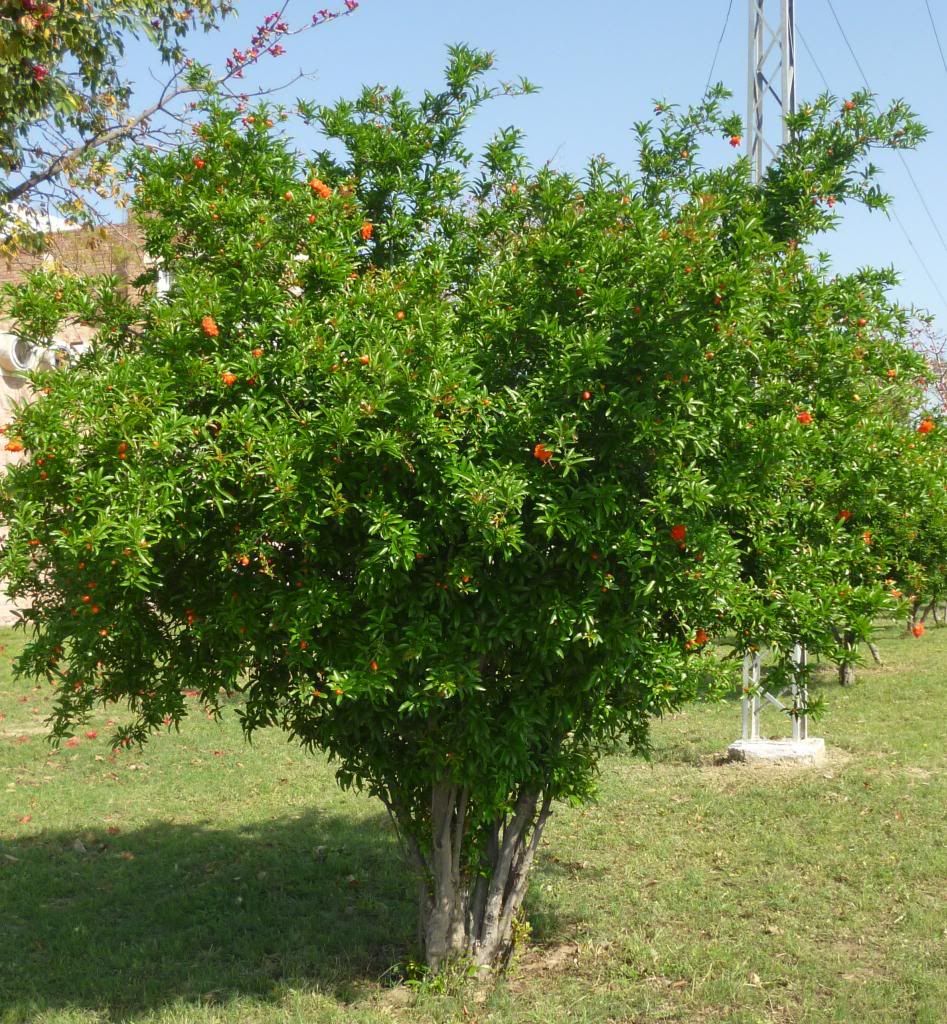
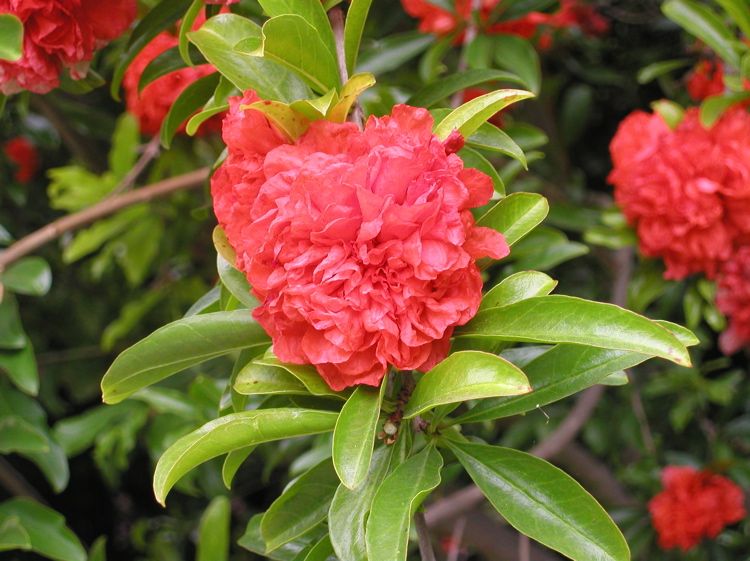
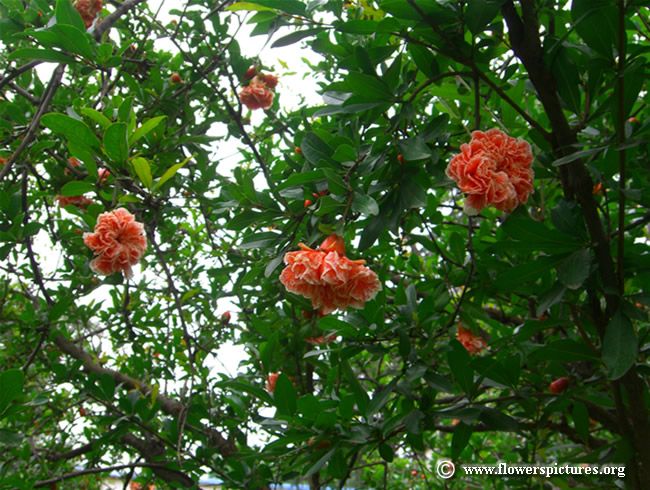
Buds....
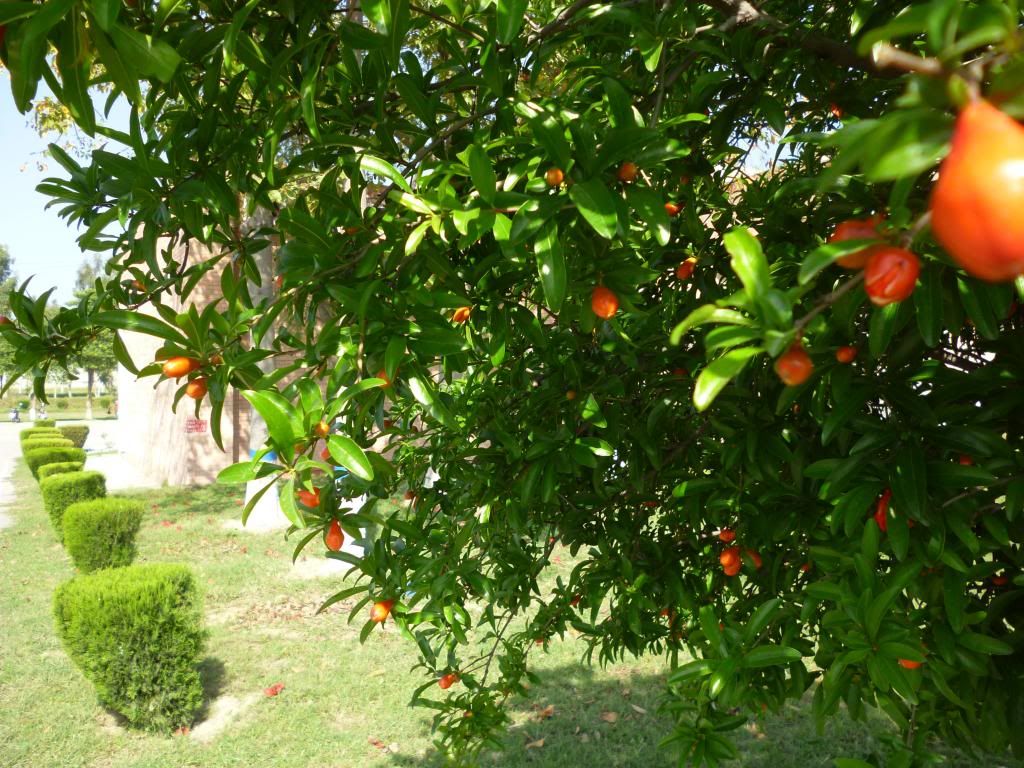
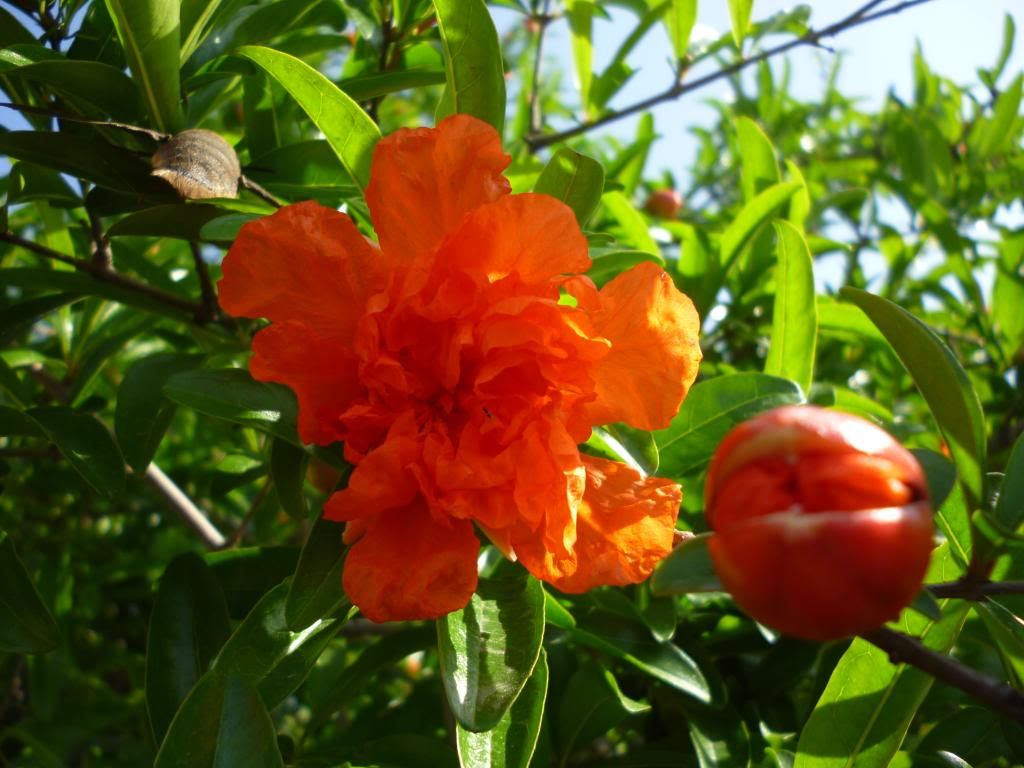
Moderator: Izhar








Absolutely agreed. There are much bigger factors to be considered than just beauty and appearance.farhan137 wrote:Generally when we are selecting Trees for our gardens we only consider their appearance/beauty and nothing else which can result in difficulties later.
Correct. The ultimate spread of the tree must be considered, especially when planting inside the houses where the space is limited. In wilderness / open areas however, this aspect is not that important.farhan137 wrote: Standards
Height and spread
This is probably the most important factor. Although dependent on grower’s choice, too big or too small mature size can be an issue. Keep in mind the ultimate height and spread of your desired tree in respect with space available and how much area you want to give to the tree. Big tree planted close to walls/buildings can lead to problem.
I think we need to debate this point. Growth rate comes with its pros and cons. When we say a tree has a faster growth rate, it actually means that the tree has the ability to feed faster and it's body mechanism is designed to utilise those nutrients at a corresponding pace, hence a faster growth. At the same time, it would also mean that the soil where such a tree is feeding will quickly be devoid of nutrients. This is create a competition for food and being the big boy in the area, a fast growing tree will make it difficult for smaller plants to grow freely. Such a behaviour can be tolerated in rain forests or tropical areas where it rains very frequently, temperature is constant and towards higher side which makes the decomposition of fallen leaves quick, so there is a quick replenishment of nutrients. Many of the smaller plants are epiphytes which are not feeding from ground rather need space to hang on which is provided by these fast growing large trees, foliage plants capable of feeding from leaves are more than the flowering plants which need heavy diets during flowering period etc etc. So it fits well in that bigger picture and a slow growing tree won't work there, but in our areas...... we have to research it well before planting a fast growing tree.farhan137 wrote:Growth rate
Growth rate is also very important. It should reasonably be medium to fast. or the tree will acquire its full form after your life time maybe....

Correct, however, choice will vary from person to person. My take on this is that first a tree should fit in the larger picture, ie, it's suitability for the area in the long run and once that condition is met, then the other aspects are worth considering. However, if one intends planting just one odd tree in the house and is willing to take care of its requirements than it's another matter.farhan137 wrote:Beauty
Beauty of tree comprises of three aspects:-
1) Good(your choice) foliage
2) Good(your choice) Flowers
3) Handsome structure
If your tree has nice blooms but otherwise ordinary foliage you will have to live with shabby looking tree for most part of the year as mostly flowering period of trees is couple of months. If your selected tree is otherwise beautiful but forms an uneven, lanky or dropping structure, it will be a big turn off. Selection of tree based on color of foliage, fall color, flower appearance/fragrance are one of the key selection criteria.
This, IMV, will depend on requirement of the landscape. Everywhere we may not need a tree with round symmetrical canopy. At places, a tall selender looking tree with scattered leaves might suite better. Space would be another issue. Large canopies would mean larger areas and vice versa. Moreover, one may not be looking for shade everwhere and at places, the landscaping requirement might be to have a tree that provides deppled / partial shade so that smaller plants that need partial sunlight can be grown under it.farhan137 wrote:Beautiful canopy
This is one of the most sort after feature of ornamental trees. Trees which form round symmetrical canopies are good looking, neat, shade rendering etc
Again, it will depend on landscaping requirement as well as personal choice. At a certain place, a straight trunk symmetrical tree might look out of place and an irregular shape tree with kind of a zig zag stem might look very "artistic", so to say.farhan137 wrote:Straight trunk
Ideal trees beside canopy must have a trunk which is stable, solid looking and as straight as possible. Imagine a beautiful tree with zig zag trunk loitering everywhere. This aspect can be controlled to some extent by training the trunk and proper pruning technique.
Agreed. These are important considerations which should be researched, after a research has been done to ascertain suitibility of a tree in the bigger picture.farhan137 wrote:Season of interest
Give due thought to season of interest when selecting tree. You want it flowering in spring or want to have fall color or good foliage throughout the year etc.
Correct. But we must consider that our weather pattern suits decidious trees more. One, they throw in lot of decomposable material (leaves) towards the soil during a dormant period which replenishes nutrients in the area (provided we have not cleaned the area). If we remove the fallen leaves than we must understand that we have stopped a natural cycle and now we have to feed the soil artifically to make good the deficiency created. Second, decidious trees do not stop sunlight during winters whereas evergreen trees become a curse during winters. For areas like Karachi, Gwader etc, evergreen trees might be more suitable whereas for areas where we have hot summers and cool winters, decidious trees might be more suitable.farhan137 wrote:Evergreen or deciduous
Both types of trees have their advantages. Evergreen would mean leaves throughout but will not provide fall color on the other hand deciduous will be naked bark for at least 4 months of the year and enormous amount of litter as well.

Comments on points follow the same sequence as given in the quote above...farhan137 wrote:Maintenance
Following maintenance aspects are very important:-
1) It should be reasonably disease resistant.
2) Does it require regular pruning/ training, thereby increasing work load.
3) Tree should be the cause of minimum litter in terms of fallen leaves, bark and fruit. Or you would end up sweeping your lawn/beds every other day.
4) Some trees make undesirable fruit, which is not only cause of litter but also excessive bird/animal activity.
5) Ideally tree should not be the favorite tree for roosting/nesting by birds.
6) Seed germination is another major issue. Some trees have excellent germination rates. As I experienced with melia azedarach, every seed/berry that drop is sprouted if water is available. This can cause weeding issues in your borders/lawn. If unchecked you will have the same tree everywhere in your garden…..LOL
7) Root and basal suckering. This is very important aspect. Some trees send roots traveling far away and that too horizontally. This can not only damage your landscape/borders but also leech nutrients available to your other plants. Meaning by nothing left for your flowers to thrive on.
If a tree is healthy and has been planted at a correct located, it will normally take care of itself without our support.farhan137 wrote:Tree Safety
Tree should be strong enough to support itself and its branches. Otherwise adverse weather will either uproot your tree wasting years of effort or branches flying here and there in high winds causing damage to surrounding area
Correct and must always be considered. However, this must also be kept in mind that many trees may be very desirable from hardiness / survival rate point of view but may not suite our environment due to certain other reason. IMHO therefore, checking the suitability of a tree from growth point of view alone might not be not enough.farhan137 wrote:Climatic Adaptation
Last but not the least, Very very important consideration. If you have selected a specie which is not suitable to your climate, its bound to fail. Select trees which suit your terrain/climate well so that its flourishes well.
Keep in mind what exposure (Sun-Wind-Temperature) you have at your selected site, and then select the tree. Also keep in mind hardiness zone if you are living in colder areas. Heat/cold burns, humidity requirements, rainfall/water requirement, soil requirement for that specific tree all must be accounted for. For instance tropical trees can’t survive cold areas in general, trees which require chilling period will fail in warmer areas and so on.


Farhan bhai, it's good that you have brought up this point. I agree with all you have said if we are talking about planting one odd tree inside a person's house. In that case, it is that person who will be the beneficiary / sufferer. Even if it happens to be a bad choice, one odd tree will not affect the environment per se though it will cause personal discomfort / problems to the planter in the long run.farhan137 wrote:Different aspects that i have discussed are generally points accepted or sought after by masses. Exception will always be there dependent on people's choice and other landscape requirement......of course which can not be discussed as fundamental principles of selection.

